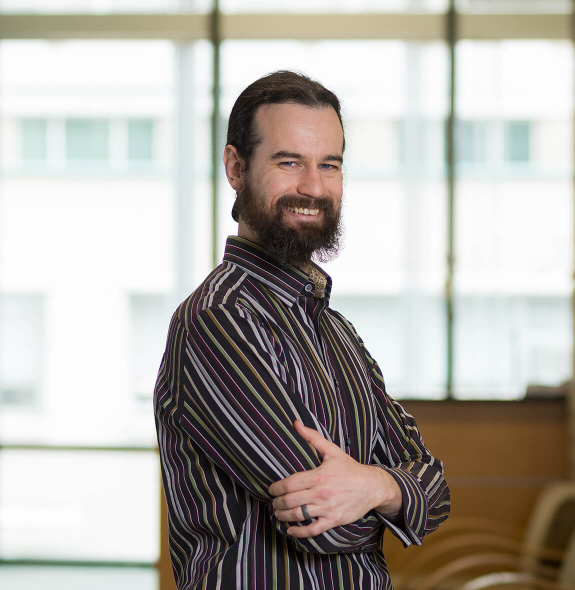Faculty & Scientific Staff

Peter Morawski, PhD
Research Assistant Member; Principal Investigator, Morawski Lab; Center for Fundamental Immunology
206.287.1052
Background
Peter Morawski received his PhD from the University of Pennsylvania (Philadelphia, PA) in 2013. He then performed a post-doctoral fellowship at the National Institute of Allergy and Infectious Disease, National Institutes of Health (Bethesda, MD). During this time, he served as an Adjunct Instructor of Biochemistry and Immunology at the Foundation for Advanced Education in the Sciences and The Catholic University of America.
In 2017 he came to BRI to study human autoimmune disease, becoming a Staff Scientist in 2019, and joining the faculty in 2022. Dr. Morawski is currently a Research Assistant Member at BRI in the Center for Fundamental Immunology.
Featured Publications
Apr 2025
T cells promote distinct transcriptional programs of cutaneous inflammatory disease in keratinocytes and dermal fibroblasts
J Invest Dermatol
Hannah A DeBerg, Mitch L Fahning, Suraj R Varkhande, James D Schlenker, William P Schmitt, Aayush Gupta, Archana Singh, Iris K Gratz, Jeffrey S Carlin, Daniel J Campbell, Peter A Morawski
Sep 2024
Dynamic chromatin architecture identifies new autoimmune-associated enhancers for IL2 and novel genes regulating CD4+ T cell activation.
Elife
Pahl MC, Sharma P, Thomas RM, Thompson Z, Mount Z, Pippin JA, Morawski PA, Sun P, Su C, Campbell D, Grant SFA, Wells AD
Aug 2024
T cells promote distinct transcriptional programs of cutaneous inflammatory disease in keratinocytes and dermal fibroblasts.
bioRxiv
DeBerg HA, Fahning ML, Varkhande SR, Schlenker JD, Schmitt WP, Gupta A, Singh A, Gratz IK, Carlin JS, Campbell DJ, Morawski PA
Mar 2022
Imprinted SARS-CoV-2-specific memory lymphocytes define hybrid immunity.
Cell
Rodda LB, Morawski PA, Pruner KB, Fahning ML, Howard CA, Franko N, Logue J, Eggenberger J, Stokes C, Golez I, Hale M, Gale M Jr, Chu HY, Campbell DJ, Pepper M
Sep 2021
High-throughput single-cell quantification of hundreds of proteins using conventional flow cytometry and machine learning.
Sci Adv
Becht E, Tolstrup D, Dutertre CA, Morawski PA, Campbell DJ, Ginhoux F, Newell EW, Gottardo R, Headley MB




